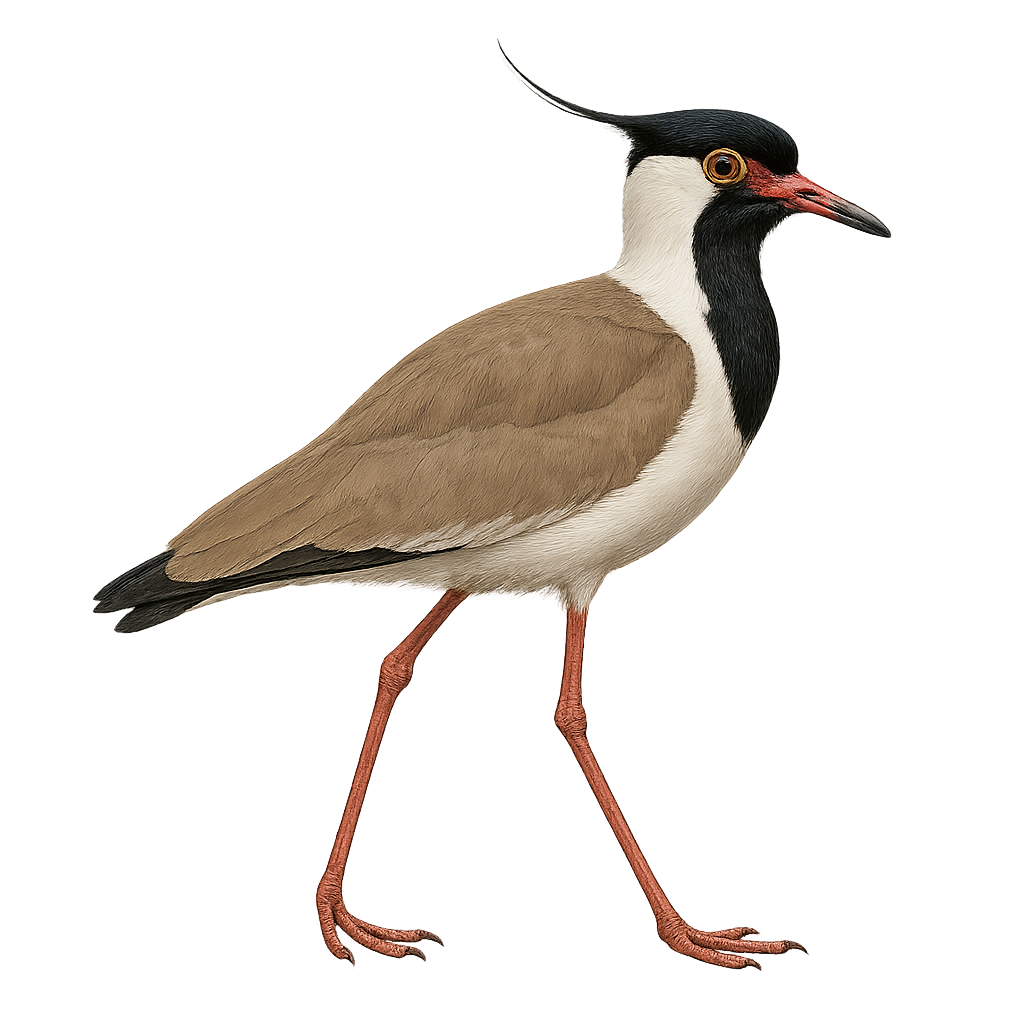Your wildlife photography guide.
Explore the black-headed lapwing in detail, study its behavior, prepare your shots.
Where to observe and photograph the black-headed lapwing in the wild
Learn where and when to spot the black-headed lapwing in the wild, how to identify the species based on distinctive features, and what natural environments it inhabits. The WildlifePhotographer app offers tailored photography tips that reflect the black-headed lapwing’s behavior, helping you capture better wildlife images. Explore the full species profile for key information including description, habitat, active periods, and approach techniques.
Black-headed Lapwing
Scientific name: Vanellus tectus

IUCN Status: Least concern
Family: CHARADRIIDAE
Group: Birds
Sensitivity to human approach: Suspicious
Minimum approach distance: 10 m
Courtship display: July to August
Incubation: 26-28 jours
Hatchings: July to September
Habitat:
Dry savannas, open grasslands, shrublands
Activity period :
Primarily active during the day, with peak activity in the morning and late afternoon.
Identification and description:
The Black-headed Lapwing, Vanellus tectus, is an elegant and distinctive bird, easily recognizable by its black head contrasting with its grey and white body. It also sports a black crest on its head and broad wings with black and white patterns. This bird is primarily found in the dry savannas and open grasslands of sub-Saharan Africa. It is often seen in small groups, feeding on insects and small invertebrates. The Black-headed Lapwing is known for its piercing calls and territorial behavior, especially during the breeding season. Although its habitat is threatened by agricultural expansion, it is currently classified as of least concern by the IUCN.
Recommended lens:
400 mm – adjust based on distance, desired framing (portrait or habitat), and approach conditions.
Photography tips:
To photograph the Black-headed Lapwing, it is advisable to use a telephoto lens of at least 400mm to capture detailed images without disturbing the bird. Approach slowly and discreetly, using the surrounding vegetation for camouflage. The best photo opportunities often occur early in the morning or late in the afternoon when the light is soft and the bird is active. Be patient and ready to capture interesting behaviors, such as feeding or social interactions.
The WildlifePhotographer App is coming soon!
Be the first to explore the best nature spots, track rutting seasons, log your observations, and observe more wildlife.
Already 1 431 wildlife lovers subscribed worldwide

